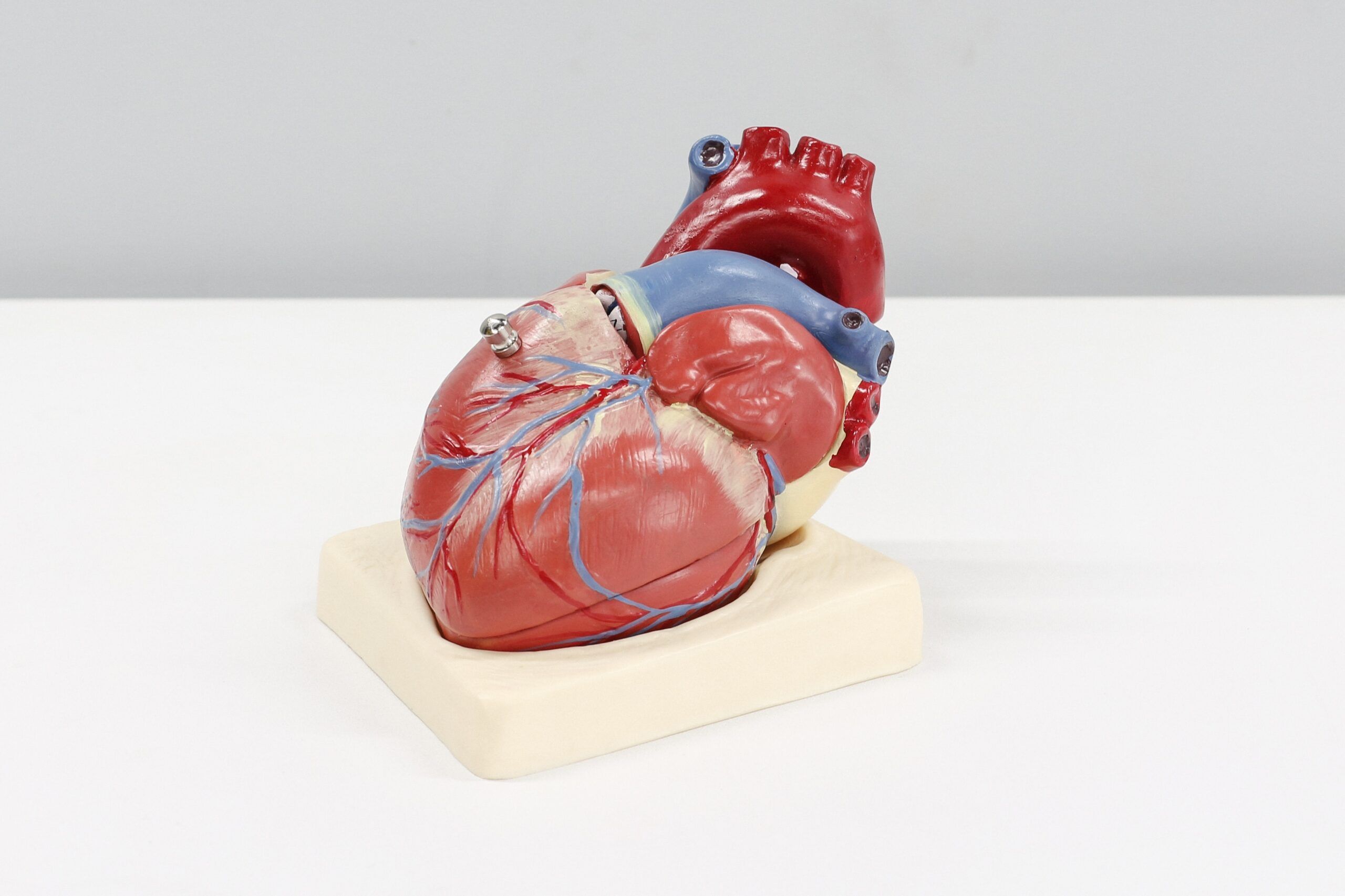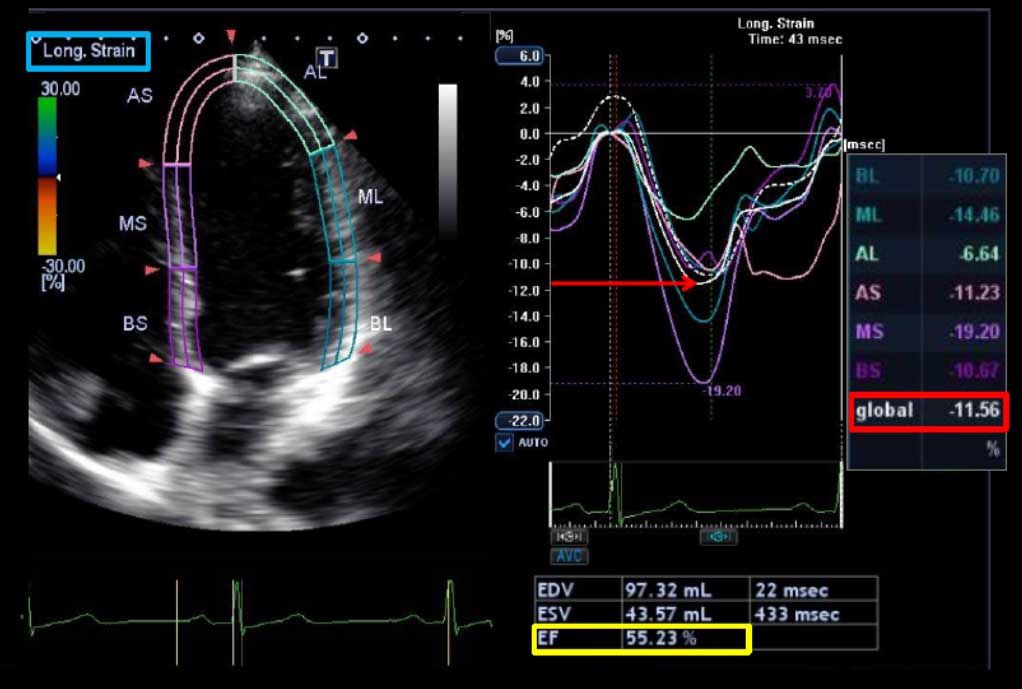Cardiac Catheterization & Coronary Angiography
Cardiac catheterization is a diagnostic procedure that provides your doctor with information that can not be obtained by any other means. The procedure is sometimes referred to as a coronary angiogram or coronary arteriography, and is simply a special X-ray test used to look at the arteries and chambers of the heart.
A cardiac catheterization is NOT surgery. It is a diagnostic study that generally takes about one hour to complete.
The Regina General hospital (RGH) offers experts in cardiac catheterization and other heart-related procedures.
What does cardiac catheterization show?
This procedure helps doctors to diagnose heart conditions such as coronary artery disease, defective heart valves or congenital heart defects (defects you are born with). Cardiac catheterization also provides important information about the heart’s pumping function.
How do I prepare for this procedure ?
There are several routine tests done before a cardiac catheterization, including EKG, blood tests (less than one week prior), medical history and exam, and chest X-Ray. You will receive specific instructions about the food you may have. Generally, you may have nothing to eat or drink six to eight hours before the procedure.
Some suggestions to help you prepare:
Pack a small bag of overnight clothing in case your doctor decides you need to stay overnight.
Do not bring any valuables.
Bring a list of medications (with exact names and dosages) that you currently take.
Your physician will tell you which medications you should take on the day of the procedure.
Arrange for someone to drive you home.
Be sure to tell the doctor or technician if you are allergic to X-ray dyes or seafood.
What should I expect?
The procedure is done in a catheterization laboratory (also called a cath lab). Generally, you will arrive on the morning of the day of the procedure. You will possibly go home later that same day, unless you are already a patient in the hospital.
You will be awake during the procedure, which usually takes less than an hour for catheterization only. If you have a balloon angioplasty or other procedure, more time will be required.
A local anesthetic is injected and a small tube, or sheath, is inserted into the artery in your arm or leg. You may feel a little pressure.
The procedure begins when the doctor inserts a thin, flexible tube (called a catheter) through the sheath into the artery. The catheter is passed toward your heart. As this is done, the doctors and technicians check the monitors to follow the catheter’s movement to the heart.
Then a dye is injected through the catheter. This helps the doctor to pinpoint where the problem with your coronary arteries might be. When the procedure is finished, the doctor will remove the catheter. A nurse or technician will apply pressure for 15-20 minutes. A pressure bandage is placed on the site before you are returned to the recovery area.
If the catheter was inserted in the groin, you’ll remain lying down for several hours and be asked not to move your leg. The nurses will watch you carefully, take your blood pressure and check the site frequently to make sure there is no bleeding. You will be asked to drink a lot of fluid to flush the dye out of your system. Most people have no pain and, in many cases, will go home that same day.
Your doctor will return before you leave to explain the results to you. Sometimes cardiac catheterization will show that your heart is just fine. If there is a problem, your doctor will discuss all possible treatments.
What can I do when I return home?
Be sure to make arrangements to have a friend or family member drive you home and to have someone stay with you the night you go home. Avoid heavy lifting, and do only light activities for a few days.
You may have a small bruise or lump the size of an olive under the skin at the insertion site. This should go away in a few weeks.
Call your doctor if:
The insertion site bleeds.
You feel chest pain or discomfort.
Your arm or leg feels numb or cold.
The bruising or swelling gets worse or increases.
You have a fever or signs of an infection appear at the insertion site.
You experience any other unusual symptoms.
What are the risks?
This is called an invasive procedure because a catheter is inserted into the body. As with any procedure of this type, there can be some risk involved. Please ask your doctor to discuss the risks and benefits so that you are fully informed.
Remember…
It is important to be your own best health advocate. A good way to do that is by committing to routine physical exams and diagnostic tests as often as is recommended by your cardiac specialist. Early detection of heart disease is the key to effective treatment.


